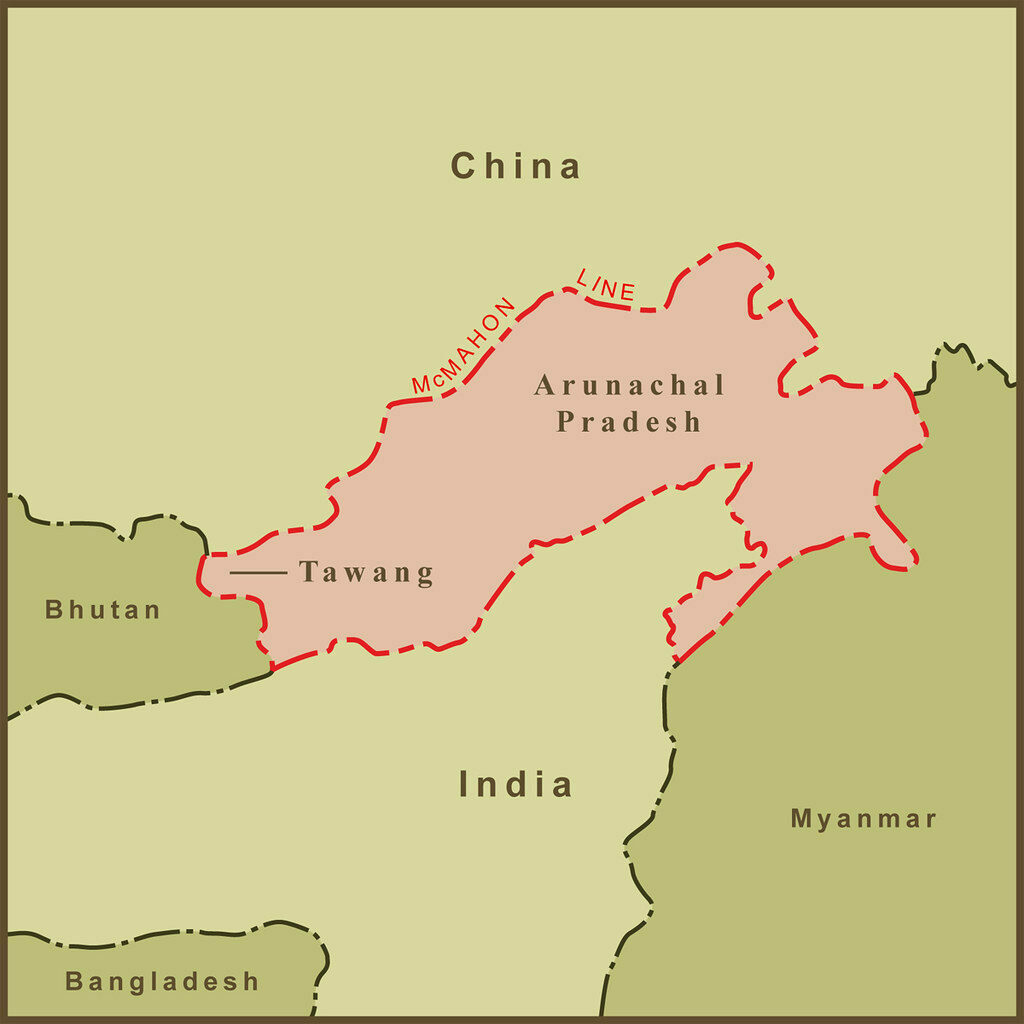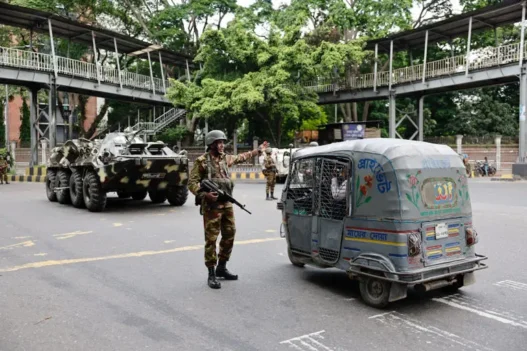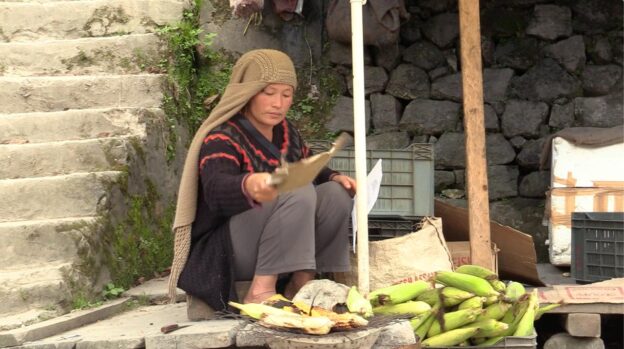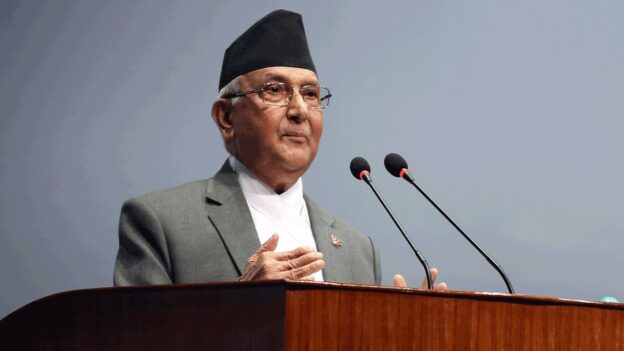The United States has recognised the McMohan Line as the international boundary line between the Indian state of Arunachal Pradesh and China. A bipartisan Senate resolution that sees Arunachal Pradesh as an integral part of India recognised the international boundary line which China has continued to reject.
The Simla Conference of 1914 was held between Tibetan, British and the Chinese representatives, had legitimised the McMahon Line. However, the Chinese representative repudiated the conference due to differences over the text and to this day, China considers it illegal. In recent years, China has again publicly revived its claim over Tawang besides territorial claims over the entire state of Arunachal Pradesh.
Senators Bill Hagerty, and Senator Jeff Merkley who introduced the resolution in the Senate, said, “At a time when China continues to pose grave and gathering threats to the Free and Open Indo-Pacific, it is critical for the United States to stand shoulder-to-shoulder with our strategic partners in the region, especially India.”
“This bipartisan resolution expresses the Senate’s support for unequivocally recognising the state of Arunachal Pradesh as an integral part of India, condemning China’s military aggression to change the status quo along the Line of Actual Control, and further enhancing the US-India strategic partnership and the Quad in support of the Free and Open Indo-Pacific,” he said on Tuesday.
The bipartisan resolution which was introduced on February 16 condemned China’s attempts to change the status quo along the Line of Actual Control. Co-sponsored by Senator John Cornyn, who is the Co-Chair of the India Caucus, the resolution aims to push back against Chinese claims of Arunachal Pradesh being its territory, which is part of Beijing’s increasingly aggressive and expansionist policies. In this regard, the Senate resolution reiterates the United States’ recognition of the McMahon Line as the international boundary between China and the Indian state of Arunachal Pradesh.
The resolution condemns additional Chinese provocations, including China’s use of military force to change the status quo along the Line of Actual Control, construction of villages in contested areas, publication of maps with Mandarin-language names for cities and features in the Indian state of Arunachal Pradesh, and expansion of Beijing’s territorial claims in Bhutan. The resolution says that China claims Arunachal Pradesh as its own territory, which it calls ‘‘South Tibet’’, and has invoked these claims as part of its increasingly aggressive and expansionist policies.
“The United States recognises the state of Arunachal Pradesh not as a disputed territory but as an integral part of the Republic of India, and this recognition is not qualified in any way,” states the bipartisan resolution.
“America’s values supporting freedom and a rules-based order must be at the center of all of our actions and relationships around the world, especially as the PRC government pushes an alternative vision,” Merkley said.
The bipartisan resolution introduced by Senator Hagerty and Senator Merkley expresses the Senate’s backing for unequivocally recognizing Arunachal Pradesh as a part of India, condemning China’s military aggression to alter the status quo along the Line of Actual Control, and bolstering the US-India strategic partnership and the Quad in support of the Free and Open Indo-Pacific. It applauds India’s efforts to defend itself against aggression and security threats from China, such as securing its telecommunications infrastructure, evaluating its procurement processes and supply chains, implementing investment screening standards, and expanding its collaboration with Taiwan in public health and other areas.
Disclaimer: The above story has been taken from news agencies and is being shared for informational purposes only. The views and opinions expressed in the story do not represent the stand of this publication.
Source: PTI







